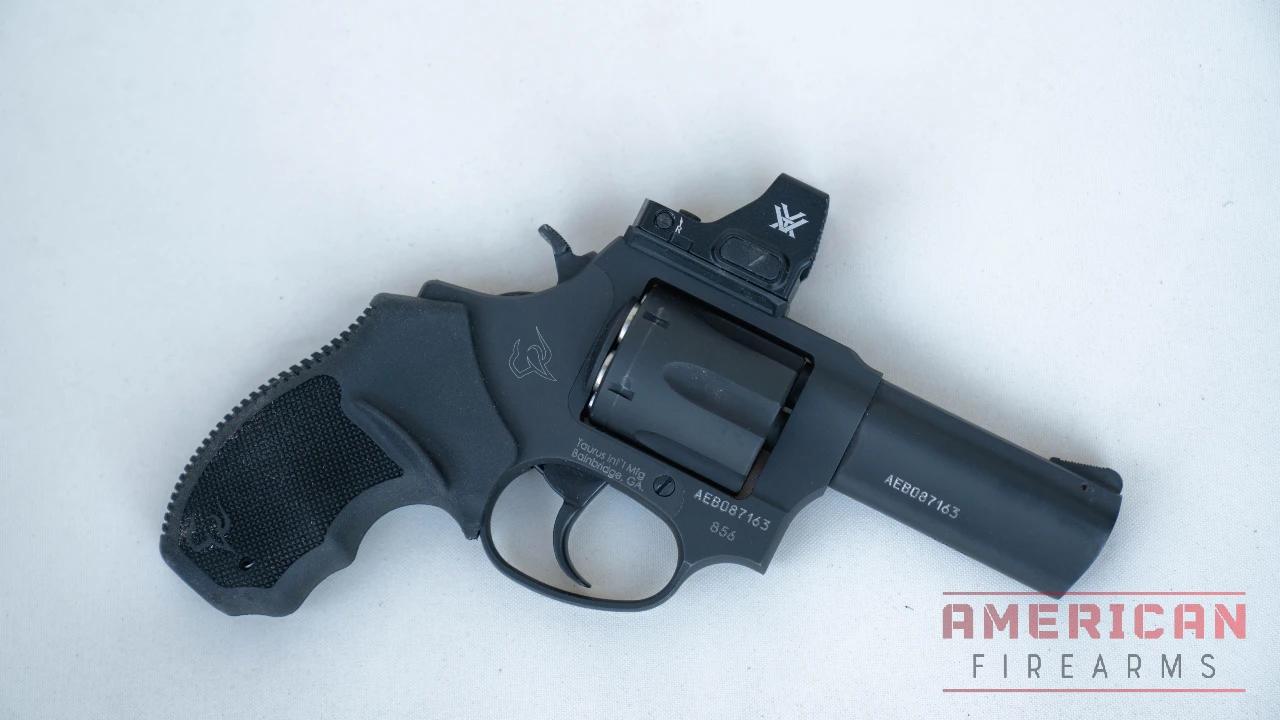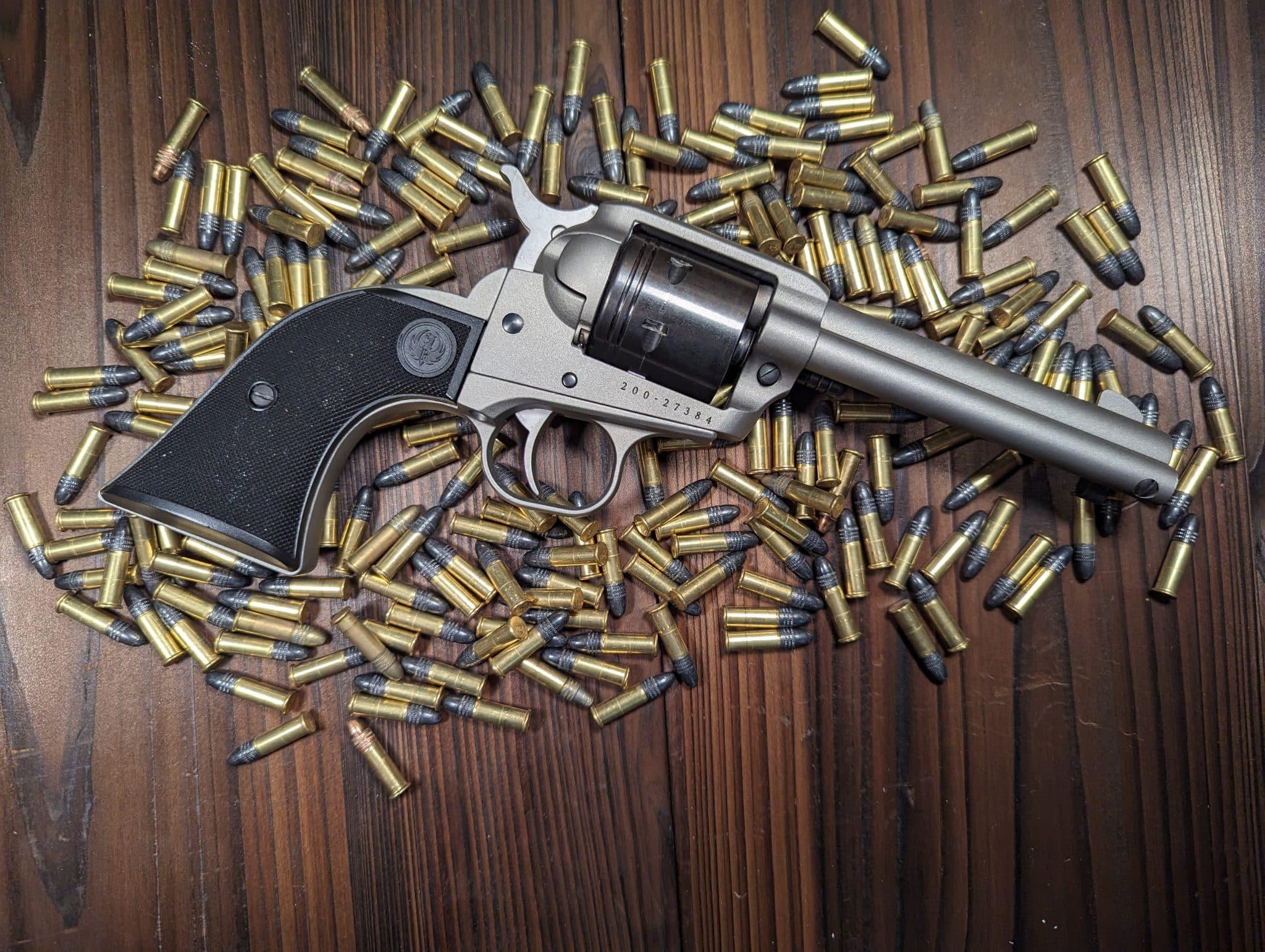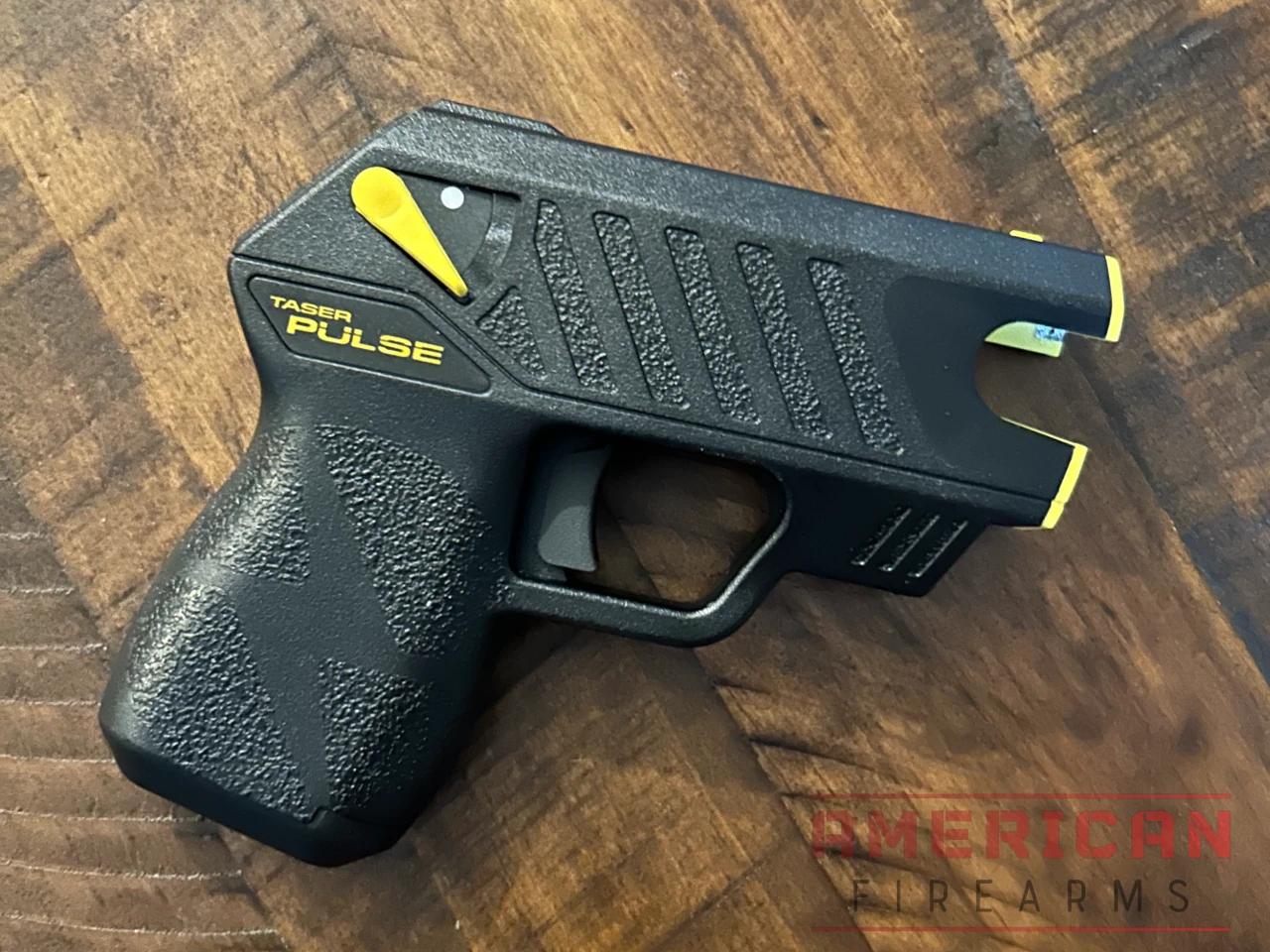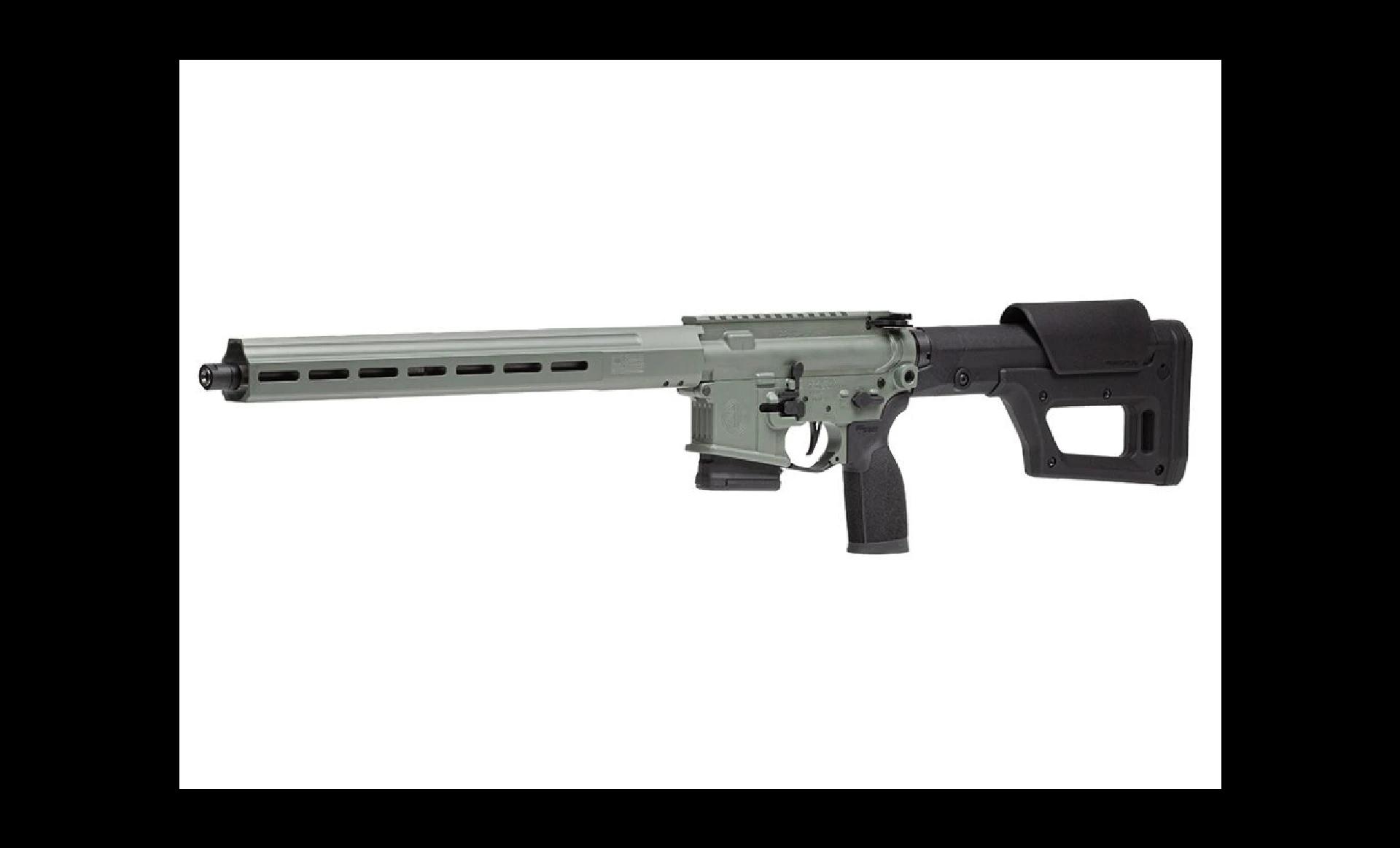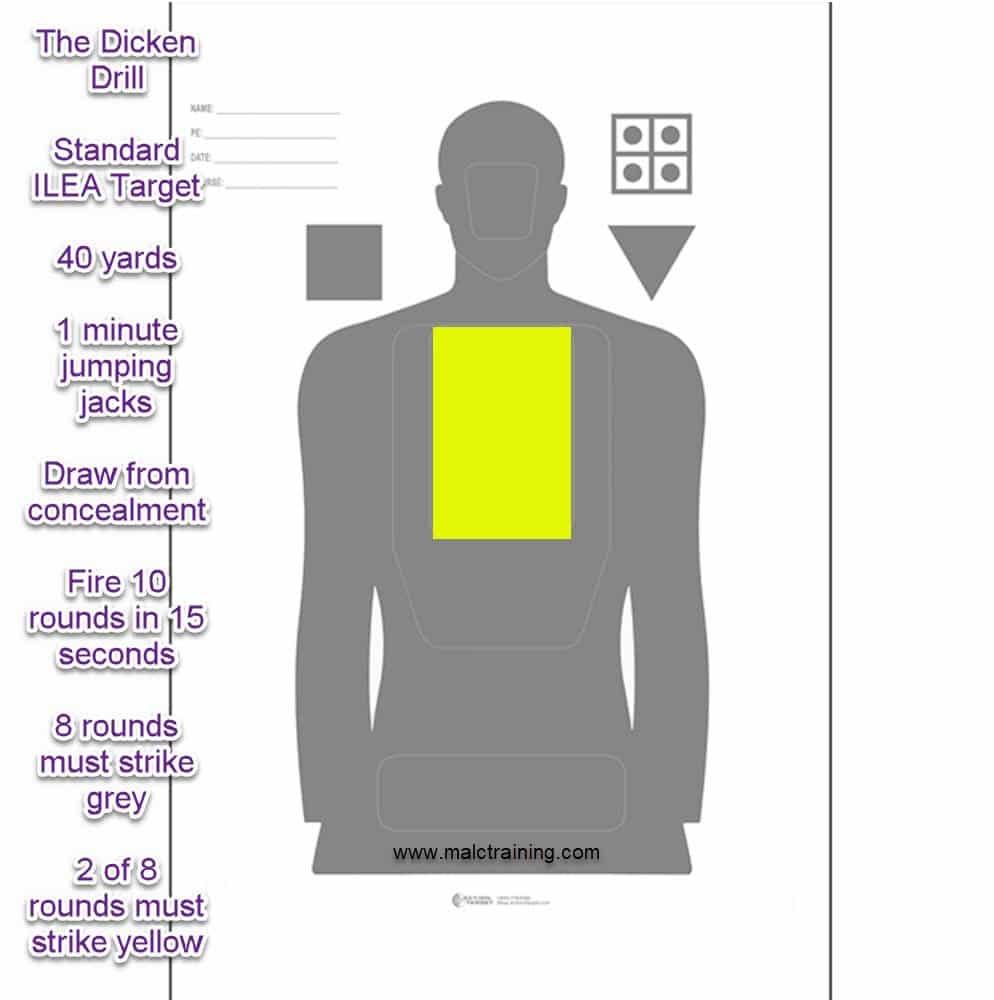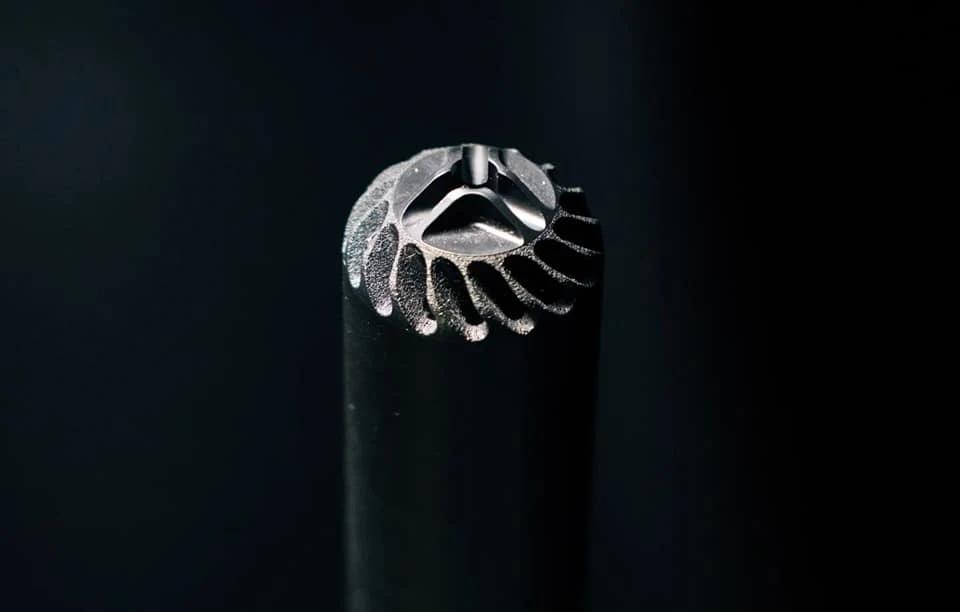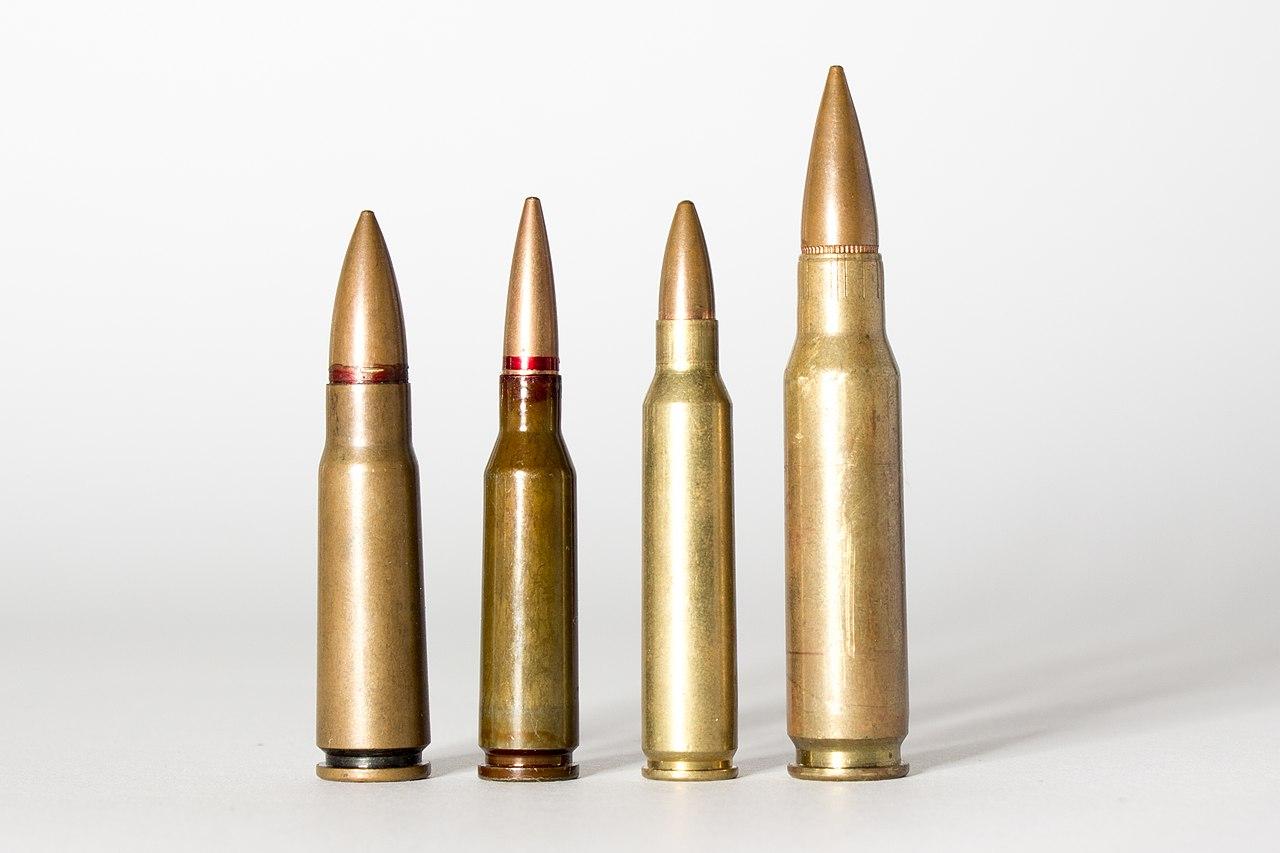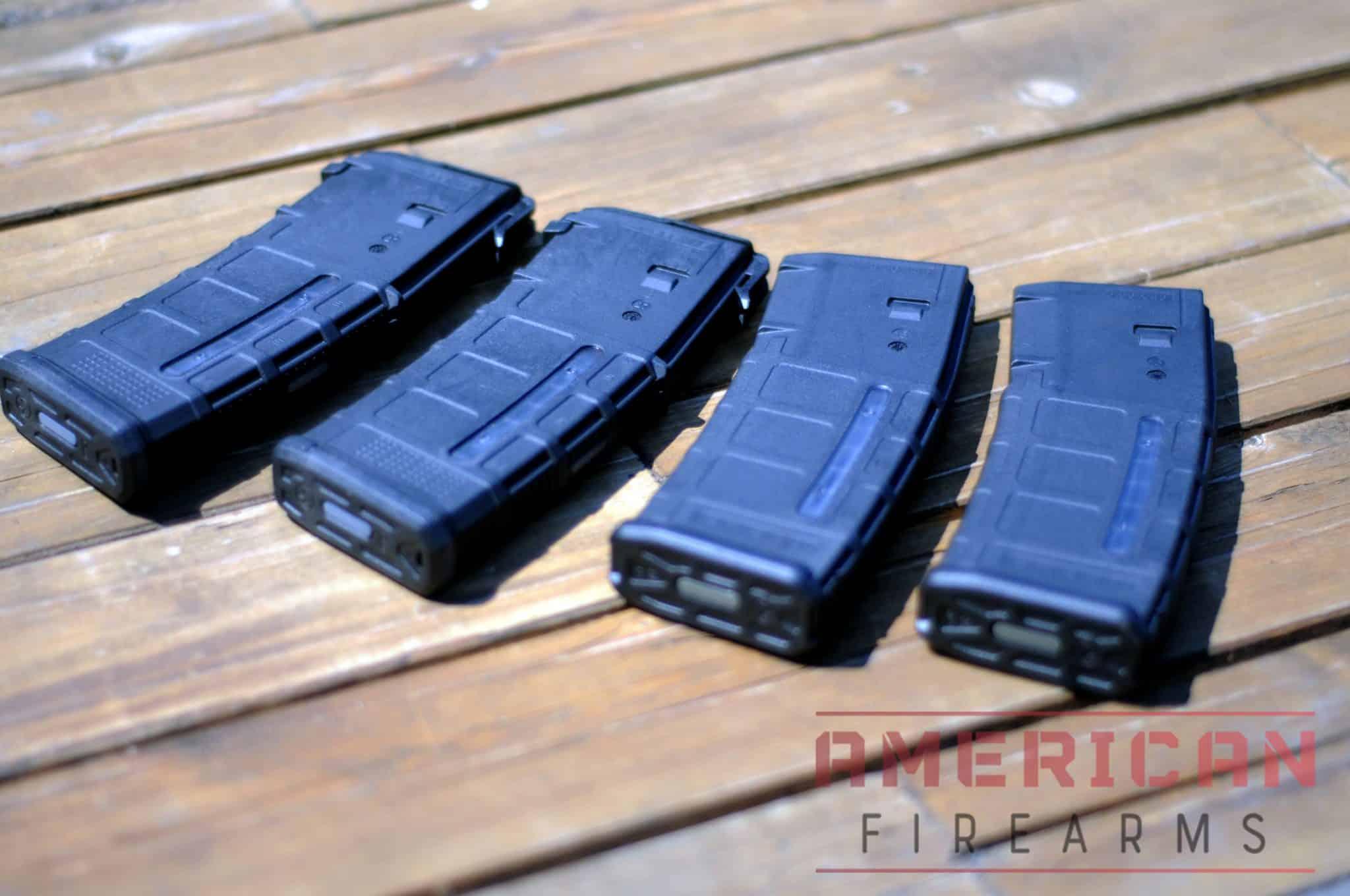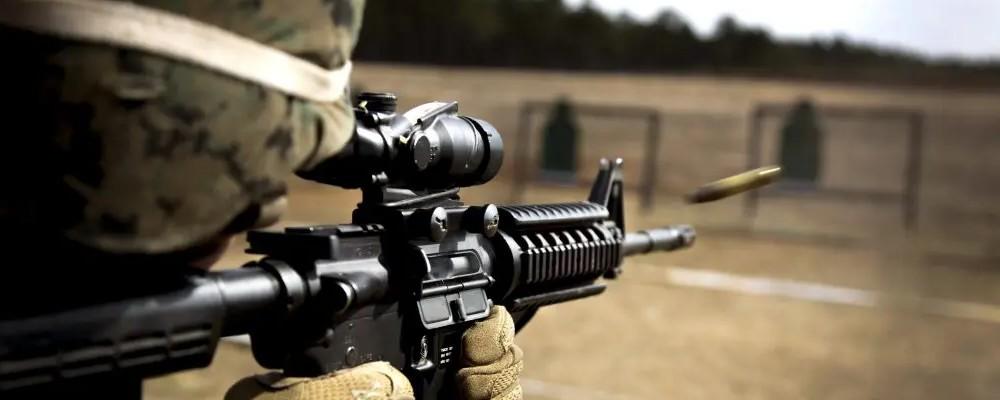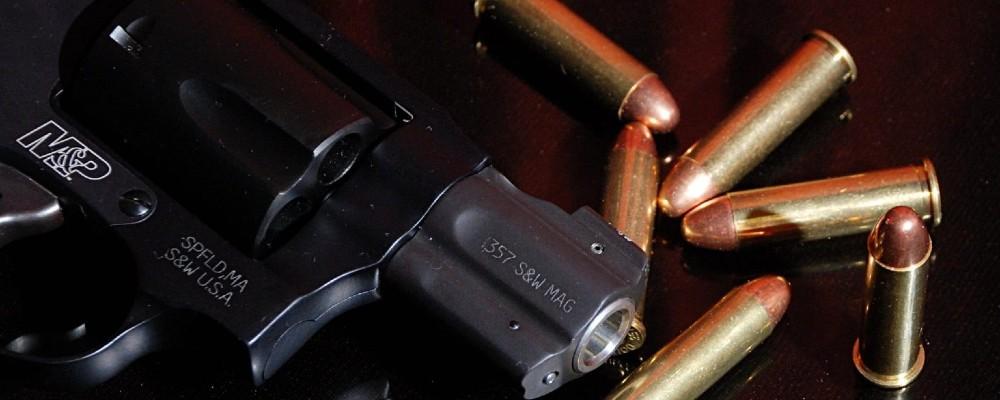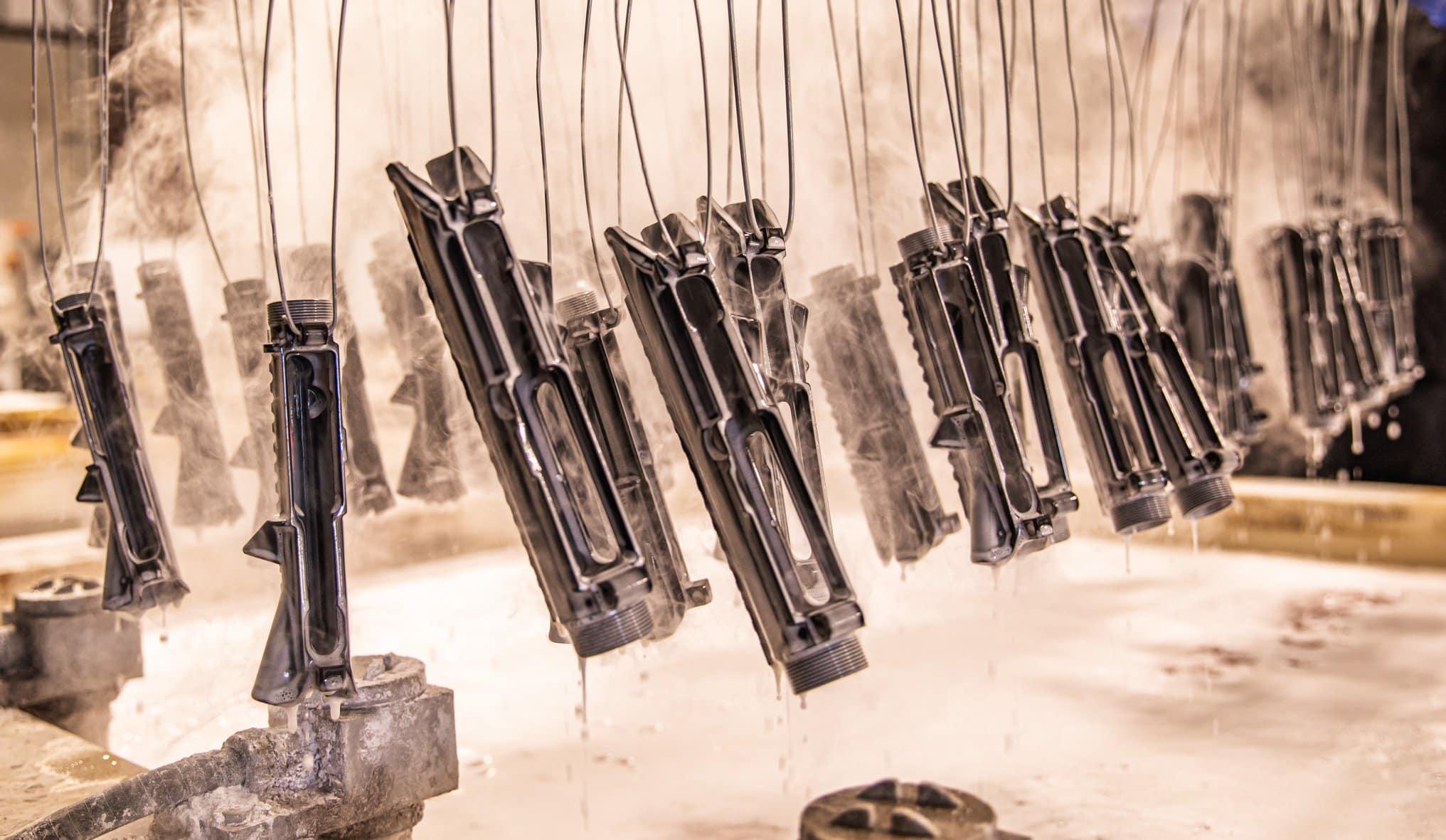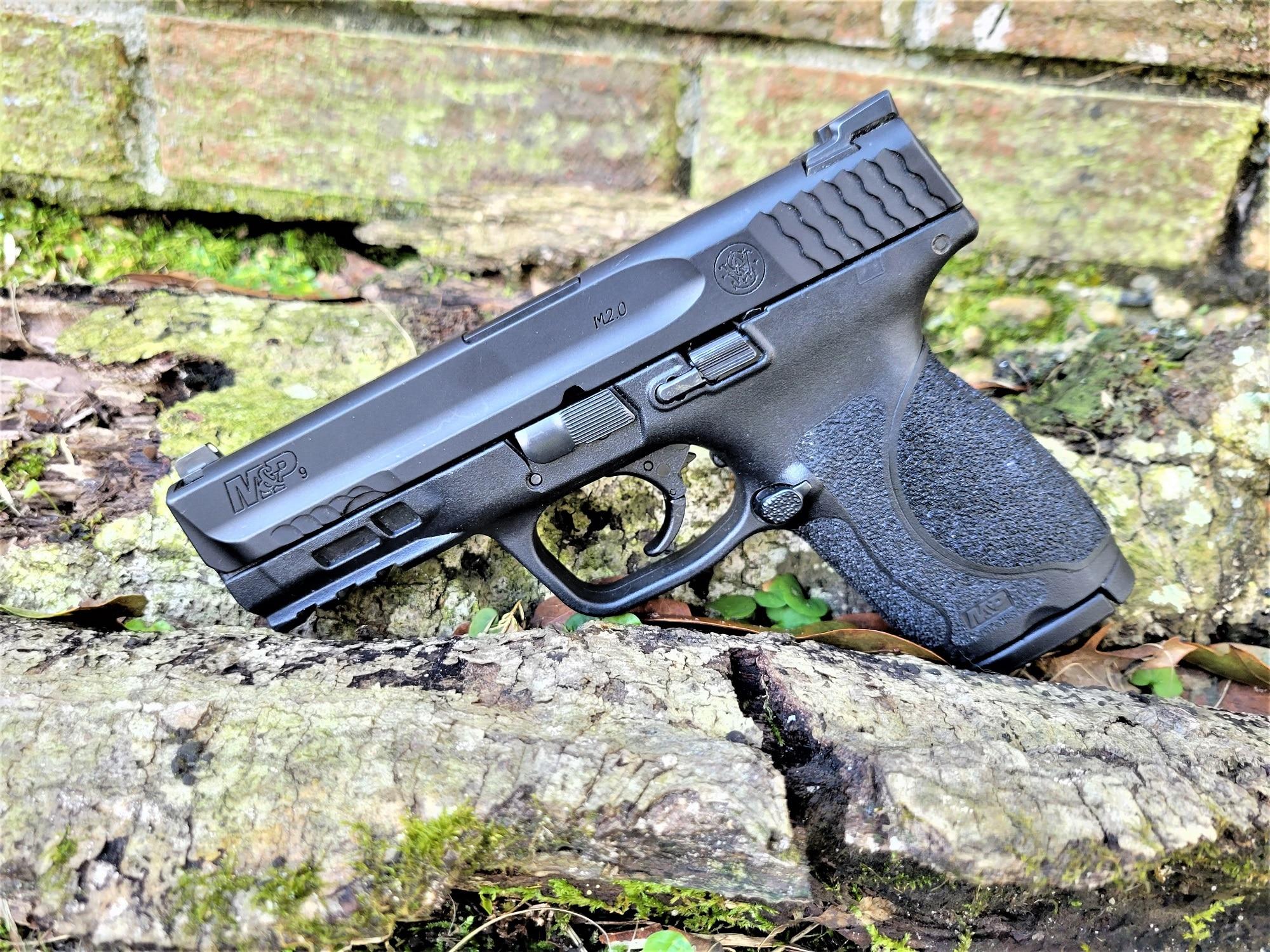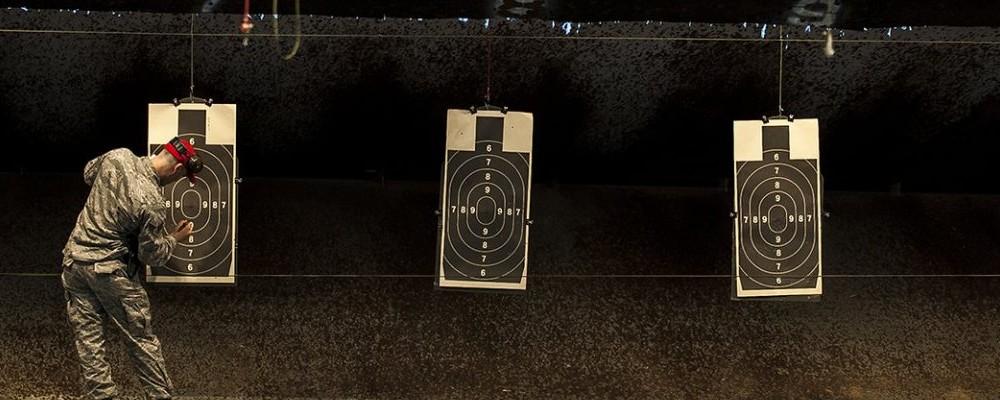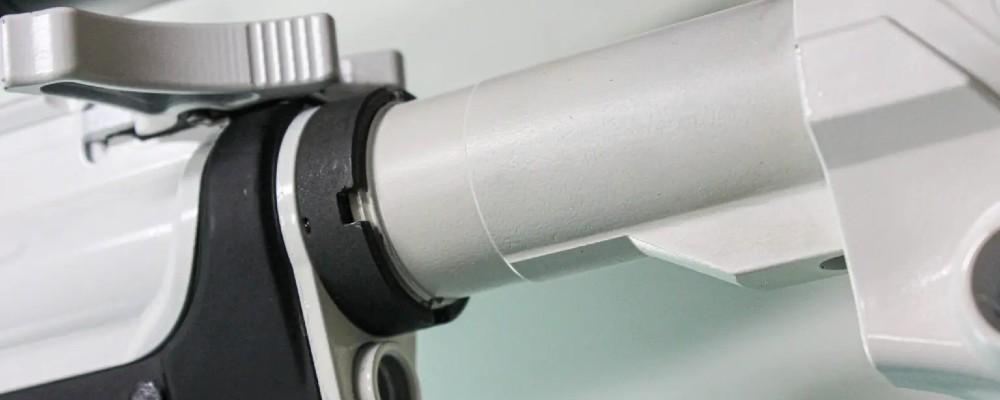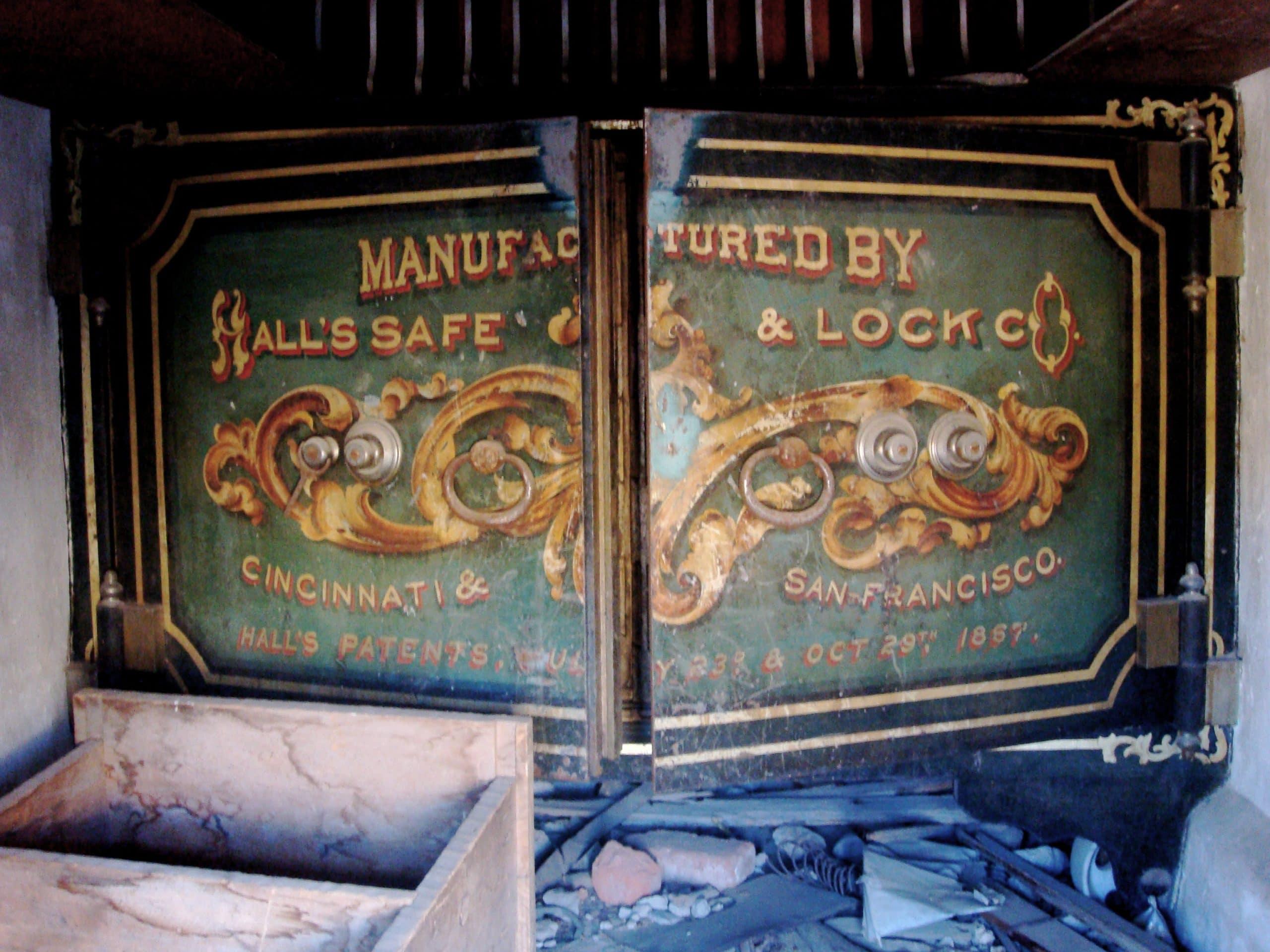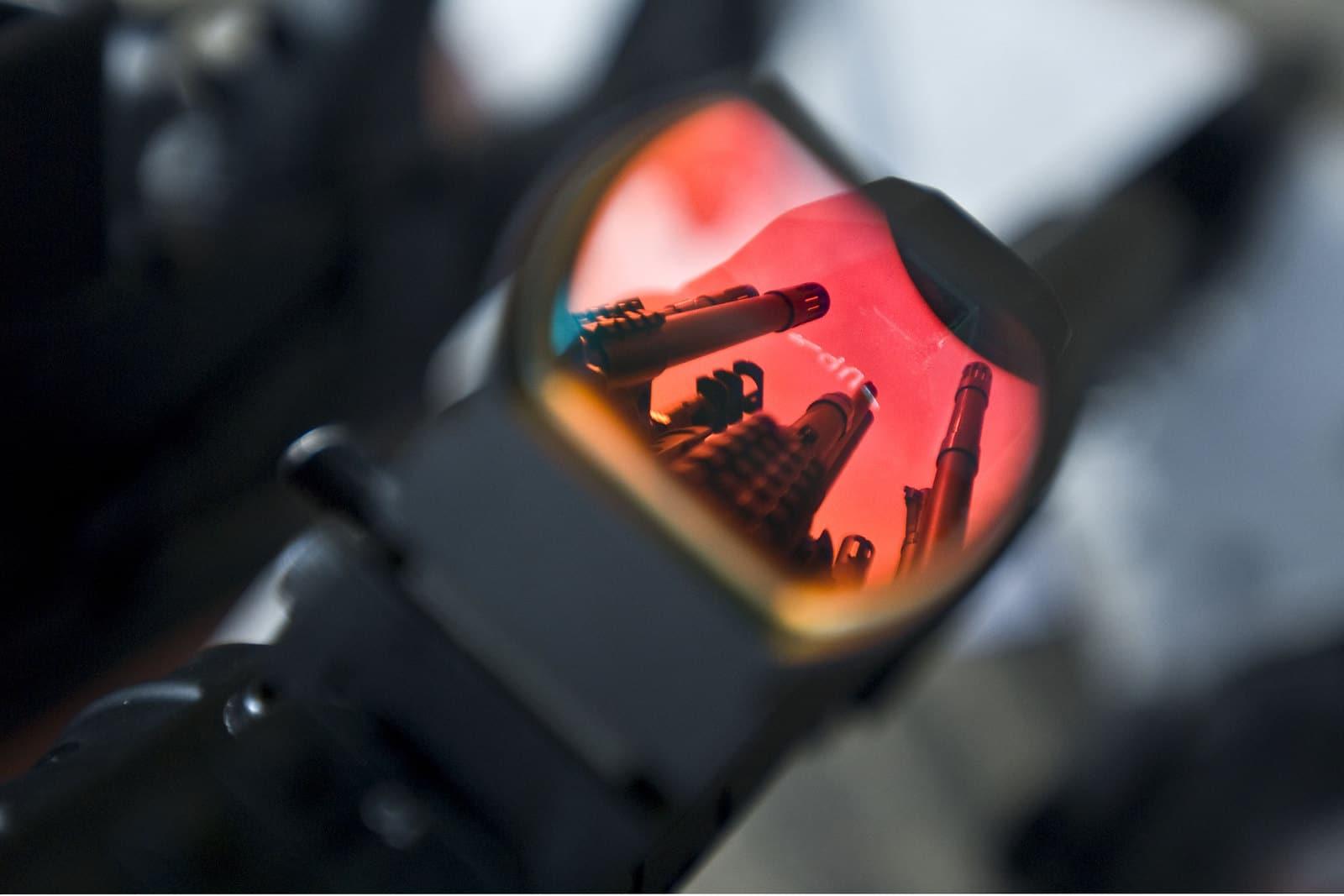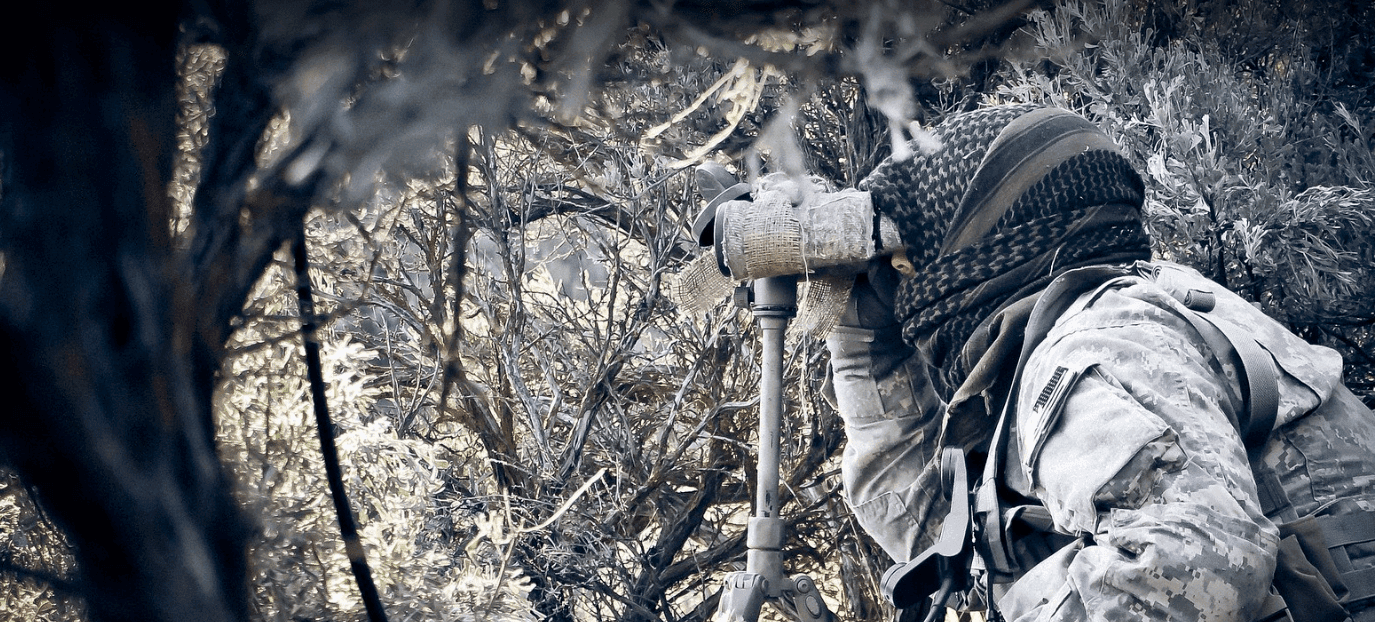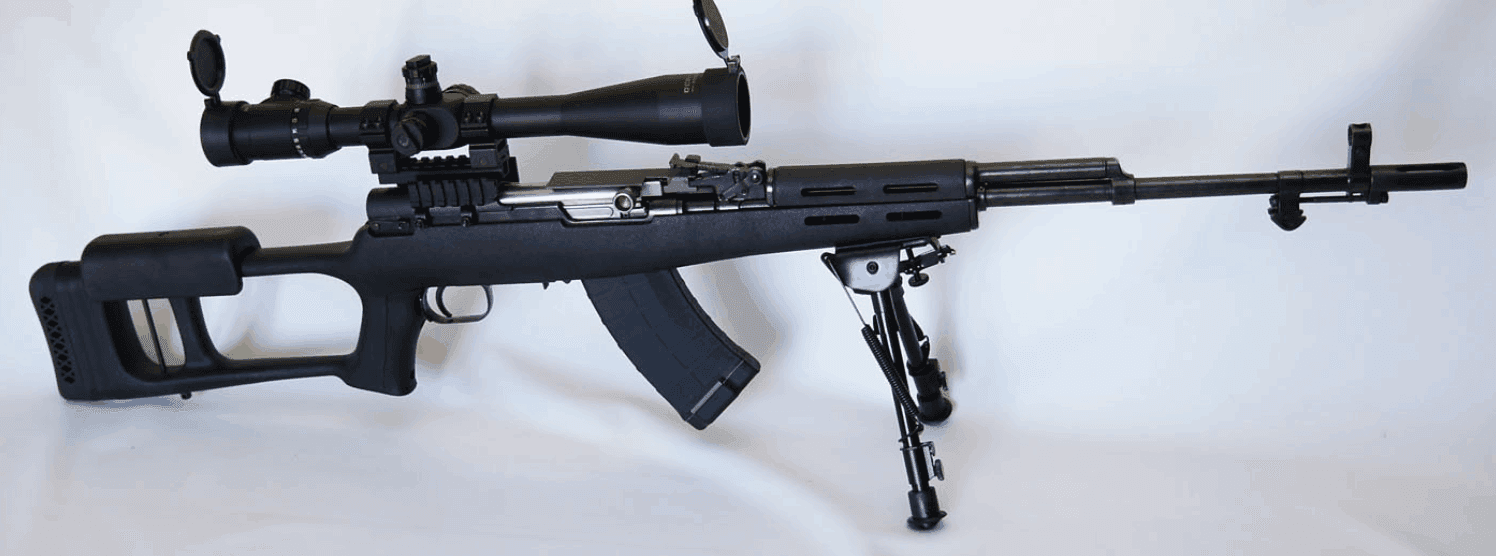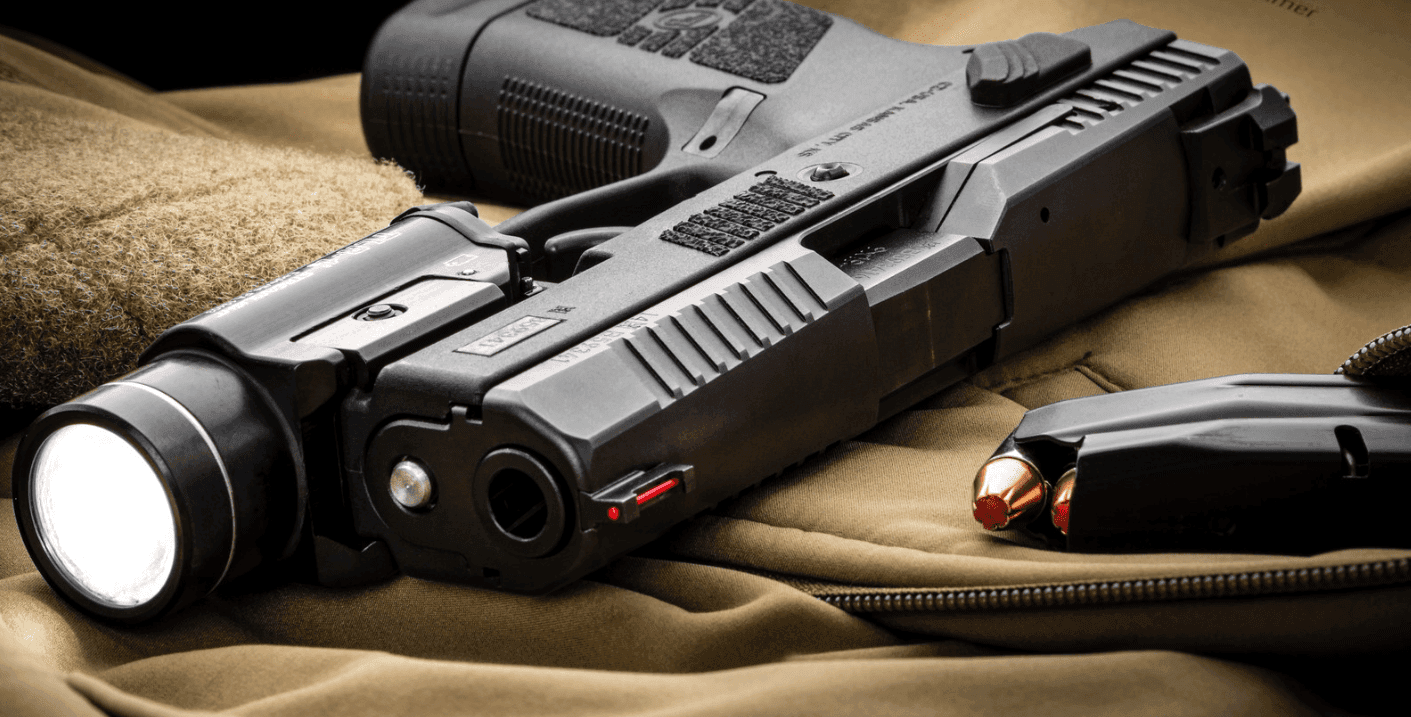Is the .40 S&W Dead or Just Misunderstood?
Revisiting the .40 S&W in a Modern Market: Less popular but still relevant for defense, with a strong secondary market & ongoing production.
Written By
Michael Crites
Licensed Concealed Carry Holder
Reviewed by
Editorial Team
Learn About The Editorial Team
Share:
Products are selected by our editors. We may earn a commission on purchases from a link. How we select gear.
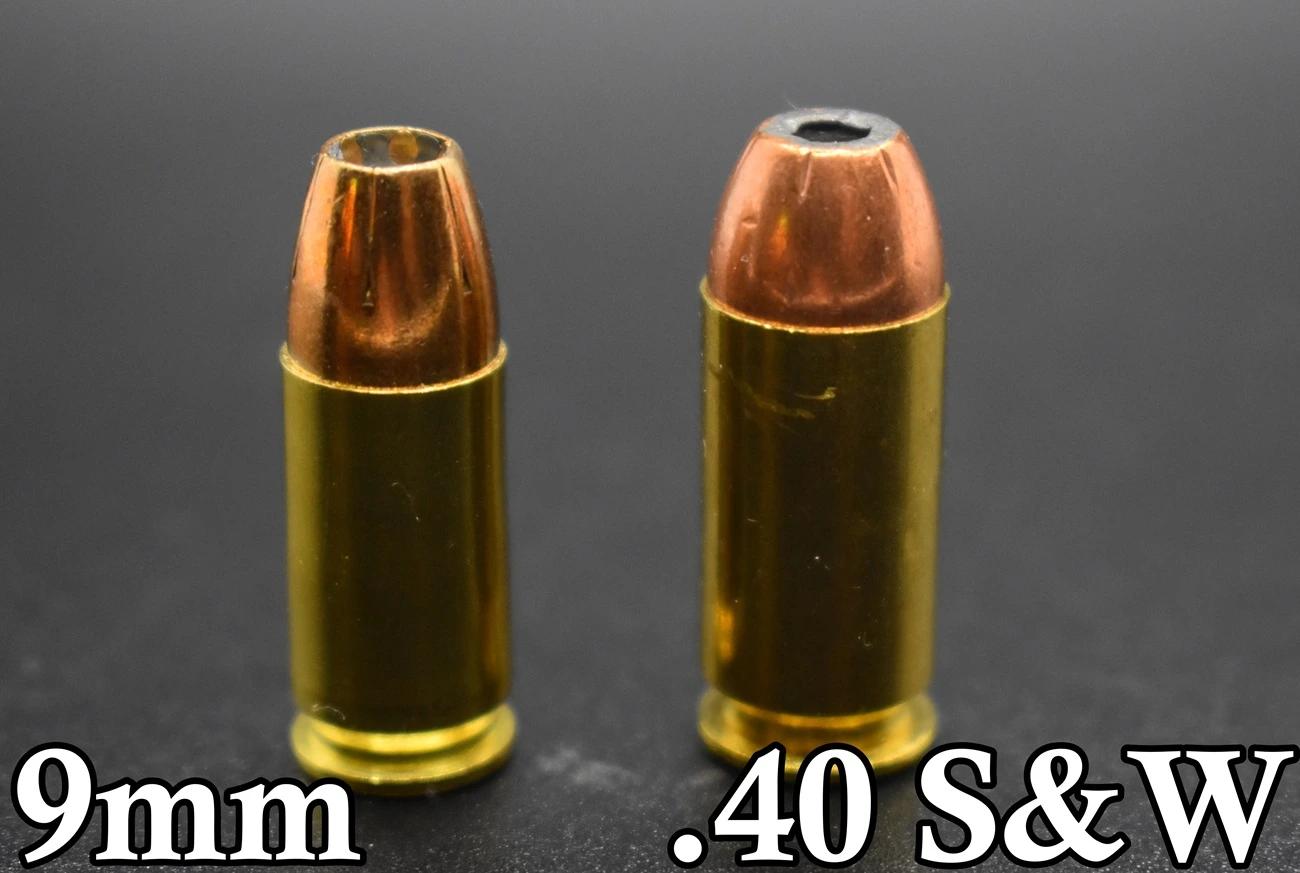
Updated
Nov 2023
Once the king of the ring for a decade when it came to personal defense handgun rounds, the popularity of the .40 S&W has been on a steady decline for the past several years but don’t count it out just yet.
In This Article
Why 40?
Spawned from the mind of one Robert M. Klunk, jr. a Winchester-Olin engineer working in conjunction with pistol maker Smith & Wesson, the .40 S&W debuted in 1990 with Smith’s new Model 4006 pistol, which was essentially a 3rd Generation “Wondernine” that had been beefed up to handle the new cartridge.
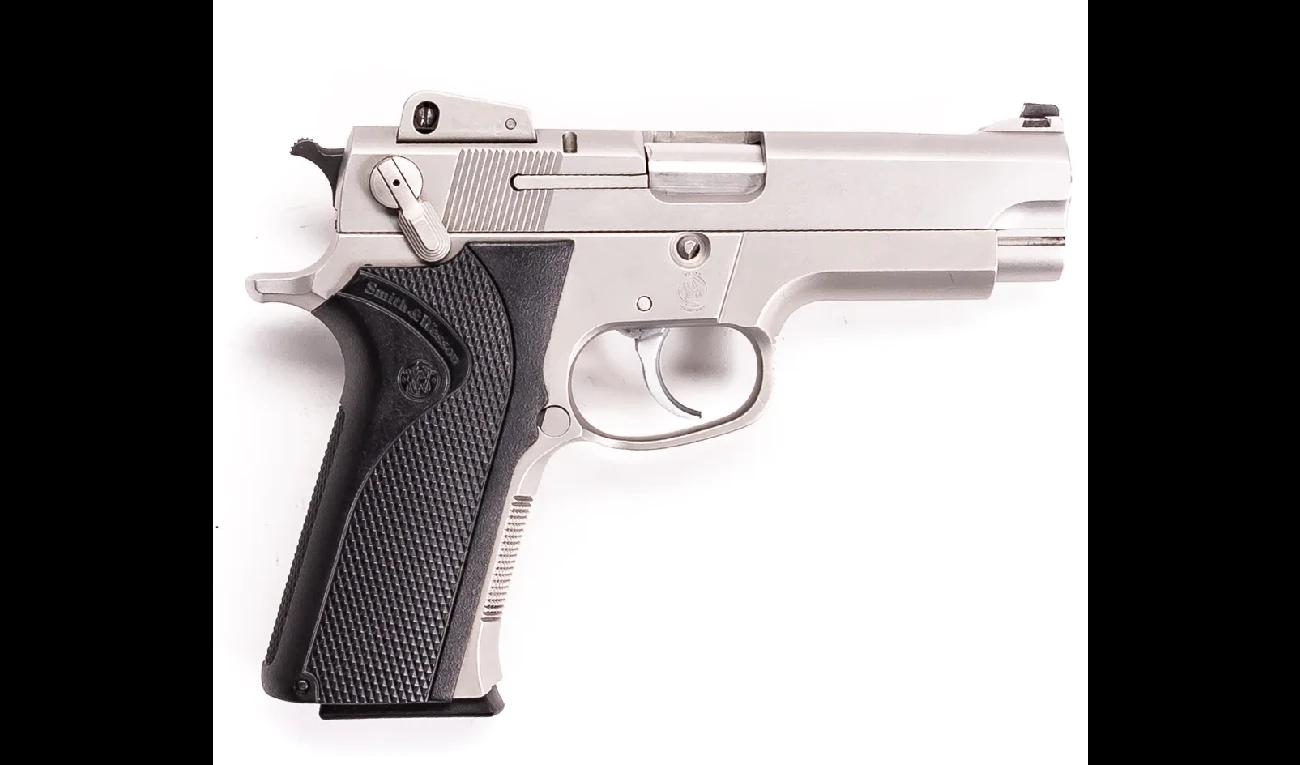
And that was the beauty of it. While “big bore” calibers like the spicy 10mm and the iconic .45ACP needed large framed semi-autos to accommodate it, the .40 S&W was just small enough that many 9mm-sized pistols could be gently redesigned to use it.
This was at the time when the 9mm round, following the disastrous FBI Miami Shootout in 1986, was thought by many to be too weak for serious work while .45s and 10mms, especially for those of light stature or with small hands, were unmanageable.
In short, the .40 was a goldilocks kind of round when it came about.
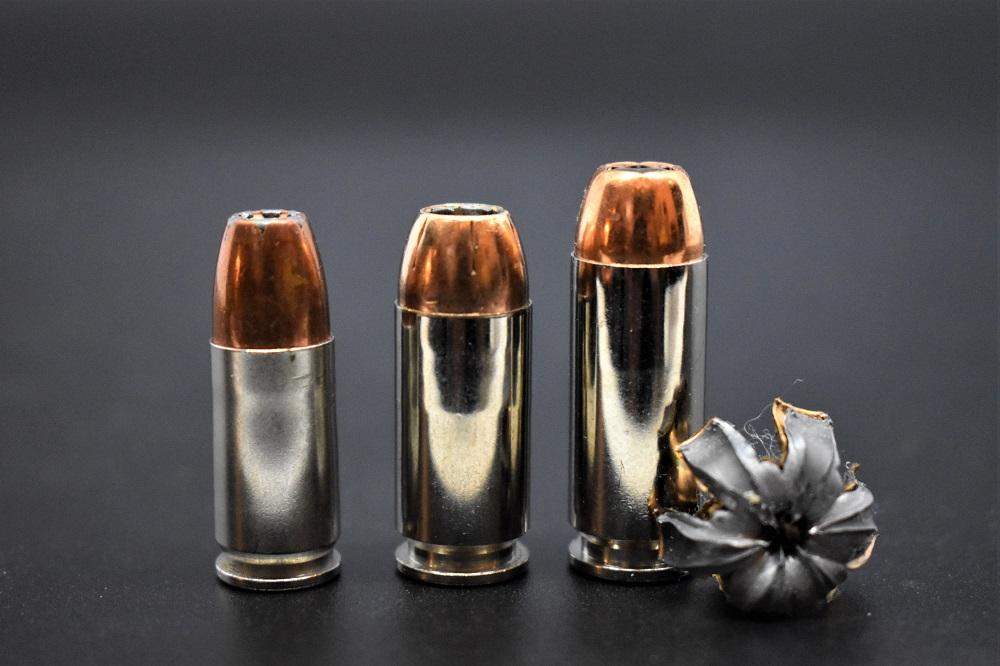
It soon became the country’s most popular handgun caliber when talking semi-autos, with about every major maker producing models chambered for it. Even classic designs that had always been in 9mm such as the Beretta 92 (dubbed the 96 in .40) and Browning Hi-Power were soon popping up chambered in the round.
The largest handgun contract granted for pistols for the Department of Homeland Security– including Customs, the Coast Guard, Federal Air Marshal Service, Secret Service, and the like– was snagged in 2004 by SIG Sauer to supply the DHS with some 65,000 P226 and P229s. The Border Patrol went with the Heckler & Koch P2000 in the same caliber.
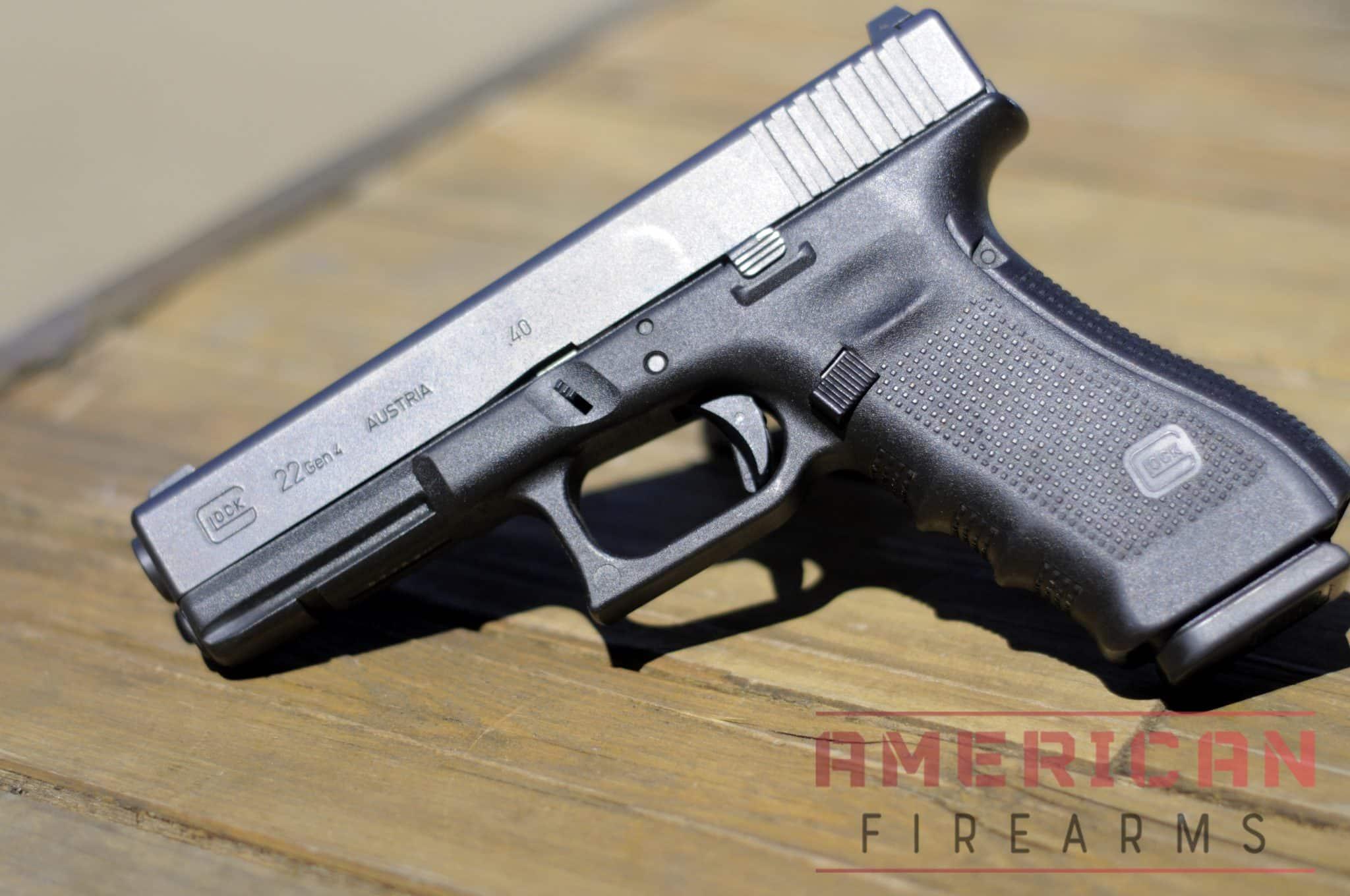
The FBI went all in and in 2007 adopted the Glock 22/23 in .40 and the market went into overdrive.
The honeymoon is over
Then, due to the arduous work of ammo maker R&D departments worldwide, 9mm bullet design and advancements in propellants and primers came together to eat away at the ballistic performance gap between .40 and 9mm.
By 2015, the 9 vs .40 argument had become so effectively moot that the FBI went back to the 9mm, adopting the Glock 19M. LE agencies of all stripes shed their suddenly “bulky” .40s in favor of the once again suitable 9mm pistol offerings.
Since then, as 9mm ammo is cheaper and usually allows more rounds per same-sized magazine while also being a little softer recoiling, the country’s love affair with the .40 turned fickle.
Sig Sauer, whose P226s and P229s were used by about every federal agent for a decade, by 2021 didn’t list any .40S&W caliber pistols either in their catalog or on their website. Others followed suit.
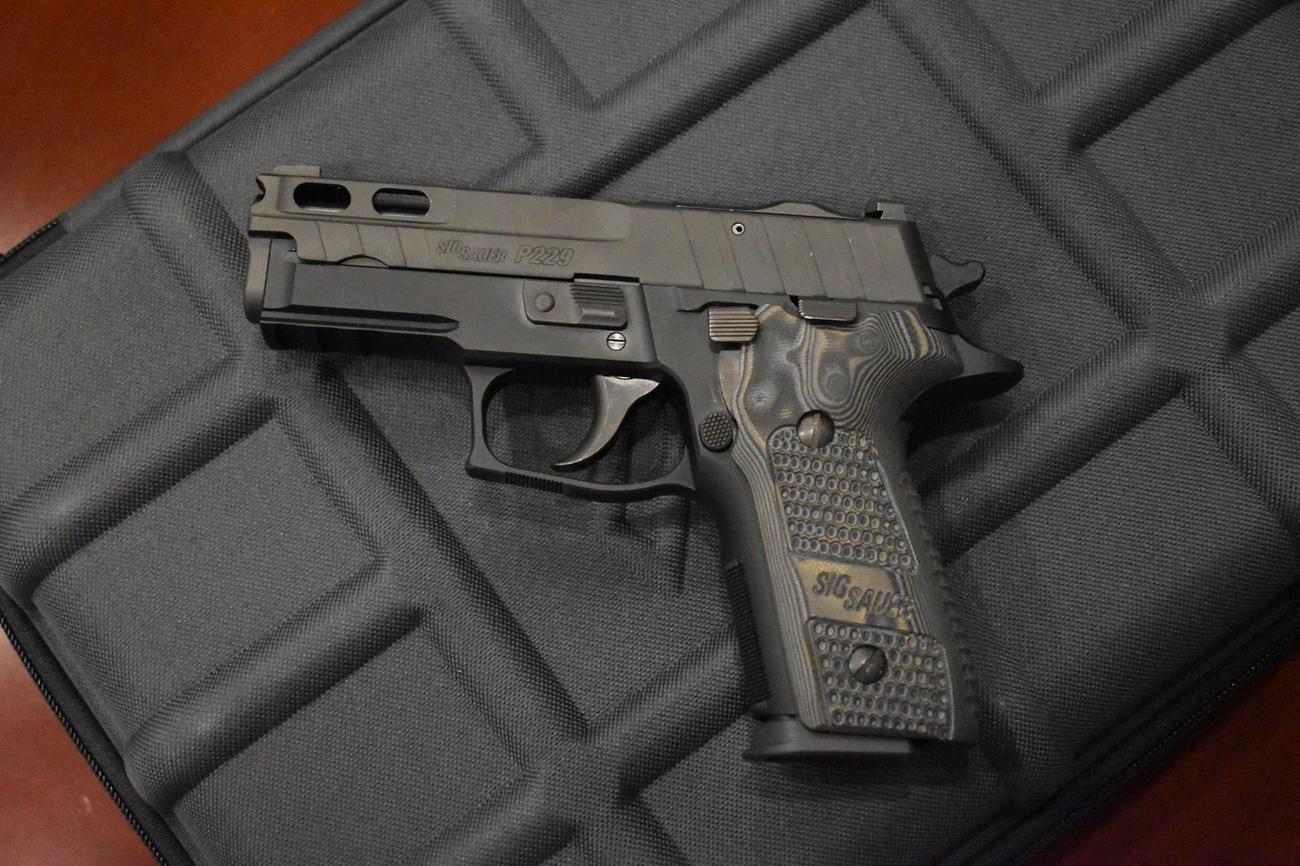
So, what now
Well, the same round that successfully met and exceeded law enforcement ammunition testing protocols to ensure accuracy, penetration, and consistent expansion is still around. The .40 is still very potent for about any personal defense needs and certainly, in like-for-like loads, can meet or exceed the performance of the best 9mm protective loads on the market.
Further, the larger 185-grain bullets typically seen with the .40, a good 40 grains more than anything used with the 9mm, allow for more “lead on target” so to speak and the round remains popular with some competition shooters for such reasons.
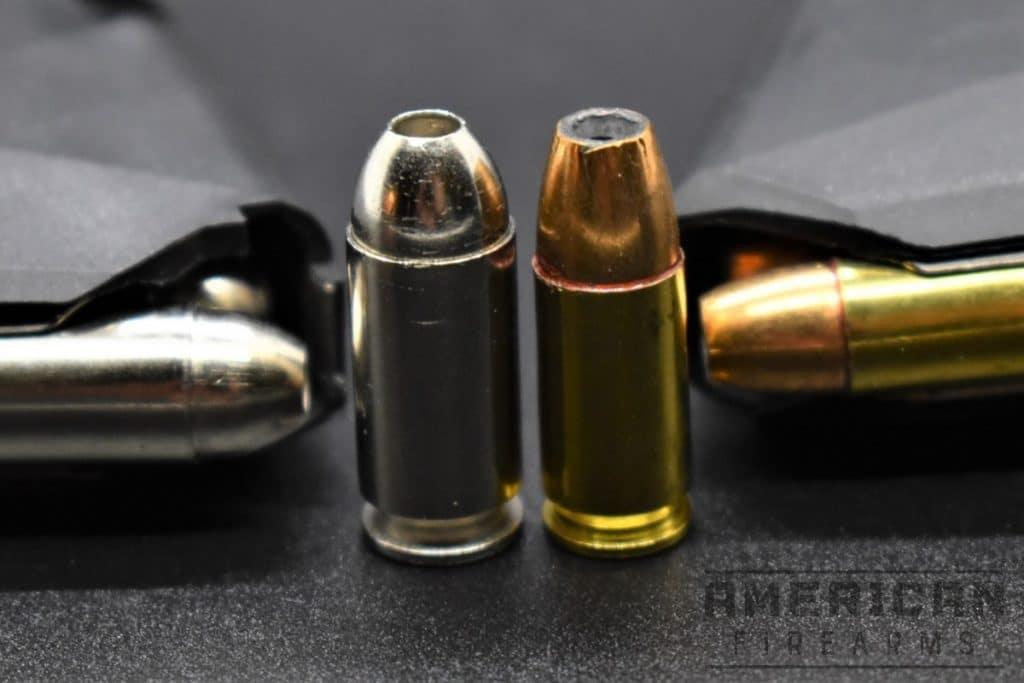
Plus, there seems to currently be a glut of .40 ammo on the market as millions of new gun owners since 2020 have opted for 9mm pistols. This means that the average “good price” range for decent .40 is hovering around 25 cents per round.
Plus, remember all those agencies that adopted .40 caliber pistols between 1990 and 2015? The secondary market is now awash with police trade-in P226s/229s, S&W M&P40s, and Glock 22/23s that often have cosmetic issues but still shoot great– and are at bargain prices.
Even if you don’t want used, Glock still makes the G22, G23, and G27 now in their 5th Generation, as well as older gens of the longslide G35. Likewise, Taurus makes the excellent G2 and G3 series in .40 and they can be found brand new in the sub-$300 range.
Kahr has the P40. HK makes a .40 caliber version of the VP9 (the VP40) as well as the USP, P30, and classic P2000.
Smith & Wesson has several variants of the M&P40 M2.0 in its current catalog. The Beretta 96 is still in production as is its PX4 Storm. Heck, even CZ is releasing new competition guns in .40 lately.
The odds that the .40 S&W and the guns that use it will fade away completely any time soon are slim. In short and to paraphrase Mark Twain, rumors of its death have been greatly exaggerated
Sign up for our newsletter
Get discounts from top brands and our latest reviews!

